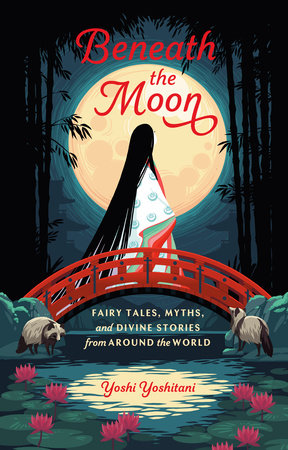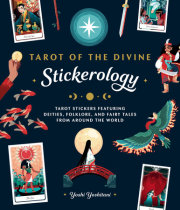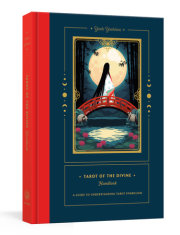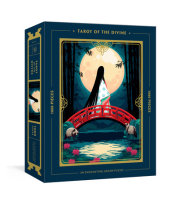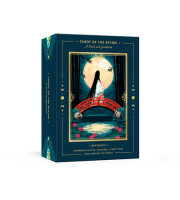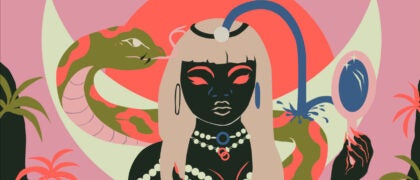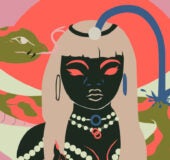Introduction I grew up caught between two cultures. My paternal side was from Japan—they ate rice with pickled plums and decorated their walls with woodblock prints of Shinto shrines. My maternal side came to America on the Mayflower—they ate meatloaf and decorated their walls with keys from their old family farm in Rhode Island. So often my two halves felt irreconcilably different, but the one thing they had in common was their love of stories.
From my paternal side I heard the fairy tales of Princess Kaguya, Peach Momotaro, and
Journey to the West. From my maternal side I heard the stories of Cinderella, Puss in Boots, and Jack and the Beanstalk. While the settings were very different for these stories, the themes of bright young adventurers, forbidden doors, and promised lands were paralleled in many of them. I came to appreciate that my two very different heritages shared much in common in their hearts. Books of myths and fairy tales became a way for me to appreciate every part of me.
My experience of a mixed household is becoming increasingly common with each generation. Families raise their children in cultures different from the ones the parents grew up in, and more families blend together to create whole new experiences. As people are becoming progressively multidimensional and label-defying, it is ever more important to expand our understanding of each other. And the best way I have learned to appreciate differences and similarities is through stories.
This collection of stories is meant to serve as a small window into many different cultures. The average reader will recognize a few but many more will be unfamiliar. Some readers will see two or more pieces of themselves never seen together before. Many readers will discover new favorites. As much as possible I’ve tried to indicate each story’s point of origin, but many stories are hard to pin down, especially those that traveled through trading thoroughfares such as the Silk Road. These stories may have been told in one culture about another culture or originated in yet a third culture. These mixes are confusing but ultimately reflect more about the storyteller, and inspire the stories we will tell tomorrow.
Finally, those familiar with the tarot will recognize repeating symbols such as cups, swords, coins, and staves in the imagery, and these seventy-eight illustrations form a tarot deck and booklet I created called the
Tarot of the Divine. Like the tarot cards, each of these stories is equally relevant, and each offers valuable insights to the human experience.
I hope you enjoy this collection and leave wanting to learn even more about each other, all of us living beneath the same moon.
—Yoshi Yoshitani
Copyright © 2020 by Yoshi Yoshitani. All rights reserved. No part of this excerpt may be reproduced or reprinted without permission in writing from the publisher.




